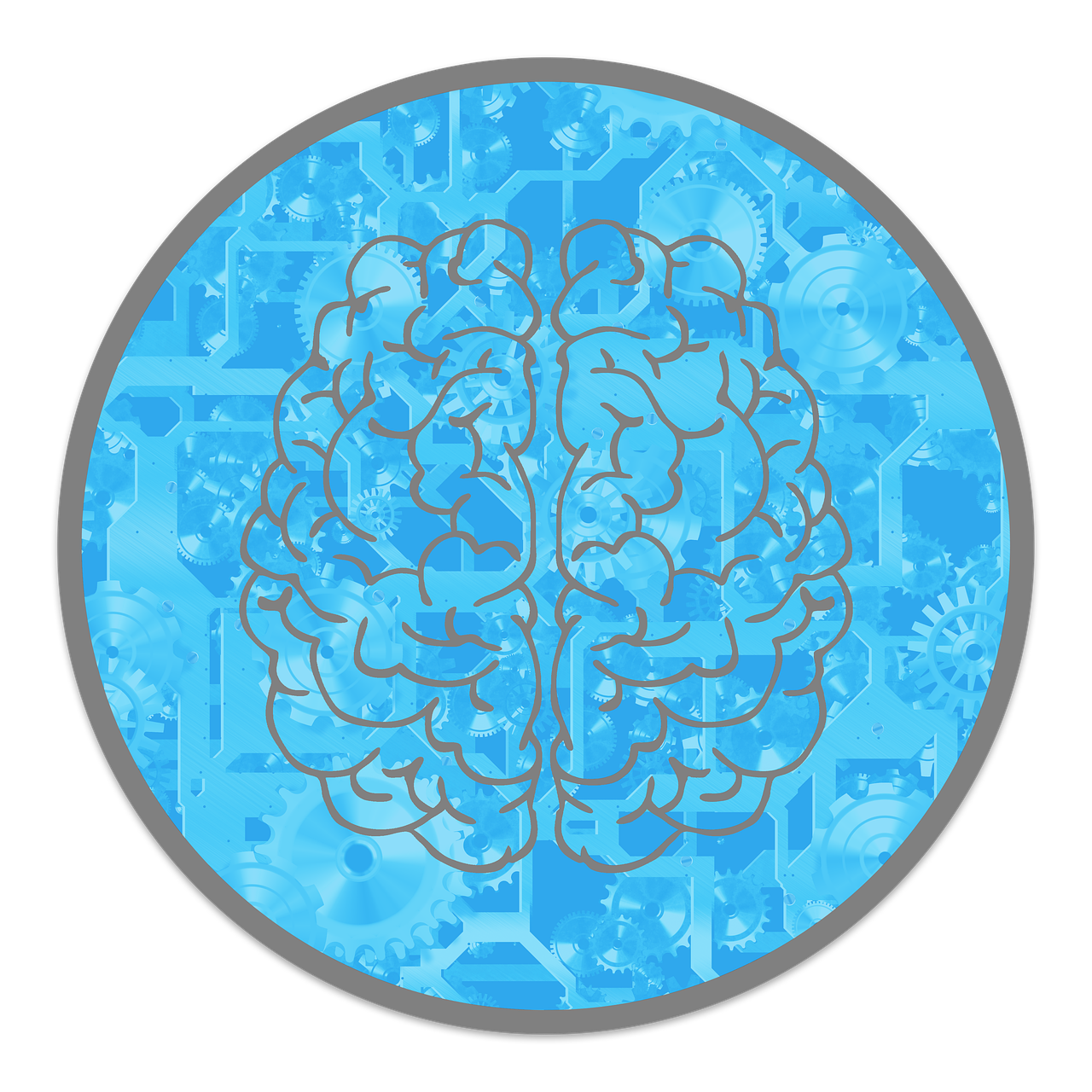
Habits shape our lives.
They influence our daily routines, how we interact with the world, and the decisions we make.
Whether we’re trying to break a bad habit or build a new one, it’s easy to underestimate how challenging the process can be.
We often think that forming good habits will be as difficult as breaking bad ones, but in reality, breaking bad habits is often harder.
But why is that?
Let’s dive into the science behind habits, the challenges we face when trying to break old habits, and the strategies you can use to successfully replace them.
The Neuroscience of Habit Formation
Before we explore why breaking bad habits is harder, it’s important to understand the neuroscience of habit formation.
Habits are behaviors that have been repeated so many times that they become automatic.
The habit loop
Understanding the habit loop is key to understanding why breaking habits can be so difficult.
The habit loop consists of three stages:
- Cue: This is the trigger that initiates the habit. It could be anything from feeling stressed to seeing a particular object or experiencing a specific emotion.
- Routine: This is the behavior or action you take in response to the cue. It could be smoking a cigarette, eating junk food, or checking your phone.
- Reward: After completing the routine, the brain receives a reward, typically a release of dopamine, which makes you feel good. This positive reinforcement strengthens the neural pathways and makes it more likely that you’ll repeat the behavior.
The more frequently the habit loop is repeated, the stronger the neural pathways become, making the behavior more automatic and harder to break.
Neural pathways
Every time we engage in a habit, the neural pathways associated with that behavior become stronger.
These pathways are like well-worn trails in a forest—every time we take the same route; the path gets deeper and easier to follow.
For bad habits, the brain creates deeply ingrained pathways that make it difficult to change the behavior.
Breaking these pathways requires rewiring the brain, which can take time and effort.
New, healthier habits need to be formed, and this requires patience and persistence.
The longer the bad habit has been established, the harder it will be to break.
Dopamine and reward
Dopamine plays a crucial role in the formation of habits.
When we engage in a behavior that brings us pleasure or relief, our brain releases dopamine, which encourages us to repeat that behavior.
With bad habits, this reward system reinforces the behavior, even if it’s harmful in the long run.
When we try to break a bad habit, the absence of dopamine release creates a feeling of discomfort.
This is why withdrawal symptoms, cravings, and emotional triggers can make breaking bad habits so difficult.

The Challenges of Breaking Bad Habits
Breaking bad habits isn’t just about willpower.
The process is deeply psychological and physiological.
Here are some of the main challenges people face when trying to break bad habits:
Withdrawal symptoms
When you try to quit a bad habit, such as smoking or drinking, you may experience withdrawal symptoms.
These symptoms can include irritability, anxiety, depression, and cravings.
Withdrawal occurs because your brain is no longer receiving the same dopamine rewards it’s used to, making you feel uncomfortable and motivated to return to the habit.
Studies have shown that people who quit smoking can experience severe cravings for months or even years, depending on the duration of their habit.
Emotional triggers
Our habits are often linked to our emotions.
You might reach for a cigarette when you’re stressed or overeat when you’re feeling down.
These emotional triggers make it even harder to break a bad habit because your brain has associated the habit with relief or comfort.
Overcoming these emotional triggers requires not just a change in behavior, but also a change in mindset.
The power of routine
Habits are often tied to our daily routines.
A familiar environment or consistent routine can reinforce bad habits, making them harder to break.
This is why breaking a bad habit can feel like an uphill battle.
A simple change in routine can sometimes be the catalyst for starting a new, healthier habit.
The “what the hell” effect
The “What the Hell” effect is a psychological phenomenon where a small lapse in behavior leads to a complete collapse of your efforts.
For example, you might have one piece of cake, then think, “What the hell, I’ve already ruined my diet,” and end up eating the entire cake.
This mindset can derail your progress and make it even harder to stick to your goals.

The Advantages of Building Good Habits
Now, let’s turn the conversation to building good habits.
While breaking bad habits is difficult, creating new, healthier habits comes with its own set of advantages that can make the process worth it.
Positive reinforcement
When you engage in a positive behavior, the brain releases dopamine, rewarding you for your effort. Positive reinforcement helps to strengthen new habits.
For example, if you start exercising regularly, you’ll feel the benefits of improved health, energy, and mood.
These rewards make it easier to continue and build on the habit.
Compounding benefits
Good habits have a compounding effect.
The more you stick to a healthy habit, the greater the benefits become.
For example, exercising for a few weeks may only result in small improvements, but over time, you’ll see a significant increase in strength, energy, and overall well-being.
The compound effect of good habits makes it easier to continue, as you’ll start to see tangible results.
Improved self-efficacy
Building good habits boosts your confidence and self-efficacy—the belief that you can achieve your goals.
Each time you successfully stick to a positive behavior, you prove to yourself that you’re capable of making positive changes.
This mindset can carry over into other areas of your life, making it easier to tackle new challenges.
Strategies for Breaking Bad Habits
If you’re determined to break a bad habit, there are several strategies you can use to increase your chances of success.
Identify triggers
The first step in breaking a bad habit is identifying your triggers.
What situations, emotions, or environments lead you to engage in the behavior?
Once you’re aware of your triggers, you can take steps to avoid them or deal with them in a healthier way.
Replace the habit
Instead of focusing solely on eliminating a bad habit, try replacing it with a positive one.
For example, if you’re trying to quit smoking, replace the habit with something like chewing gum or taking a walk.
This helps fill the void left by the bad habit and makes the transition easier.
Seek support
Don’t be afraid to ask for help.
Whether it’s a support group, a therapist, or a trusted friend, having someone to support you can make the process easier.
Studies show that people who have support are more likely to succeed in breaking bad habits.
Practice self-compassion
Breaking bad habits is a journey, and there will be setbacks along the way.
Practice self-compassion and be kind to yourself when you slip up.
Instead of beating yourself up, treat each setback as a learning experience and keep moving forward.

Final Thoughts
Breaking bad habits may be challenging, but it’s far from impossible.
With patience, persistence, and the right strategies, you can rewire your brain and build healthier habits that last.
By understanding the science behind habit formation, recognizing the challenges you face, and using proven techniques, you’ll be on your way to a healthier, happier life.


